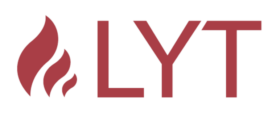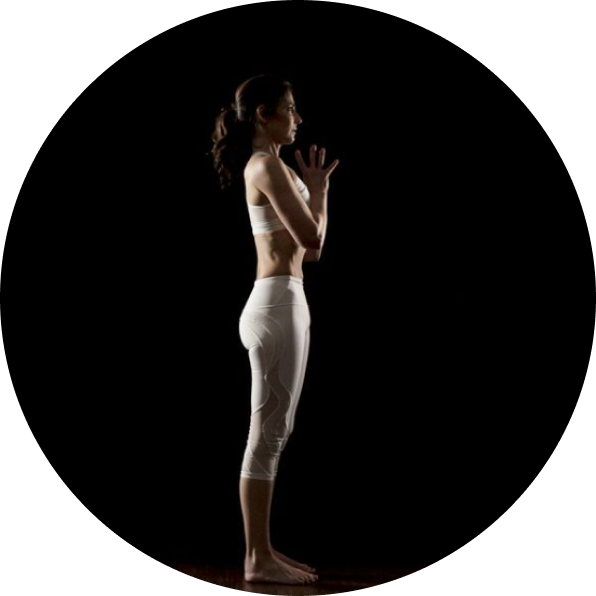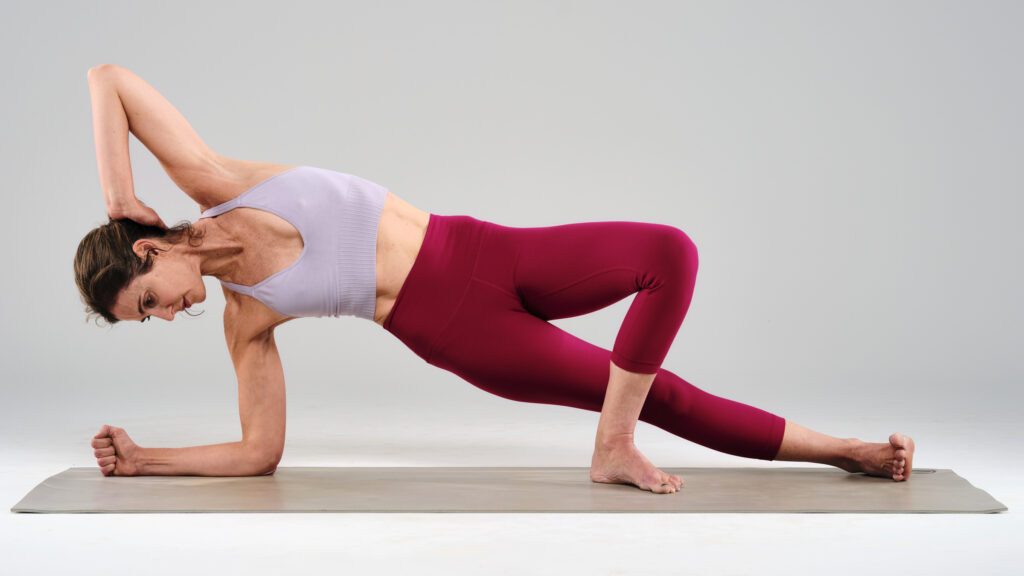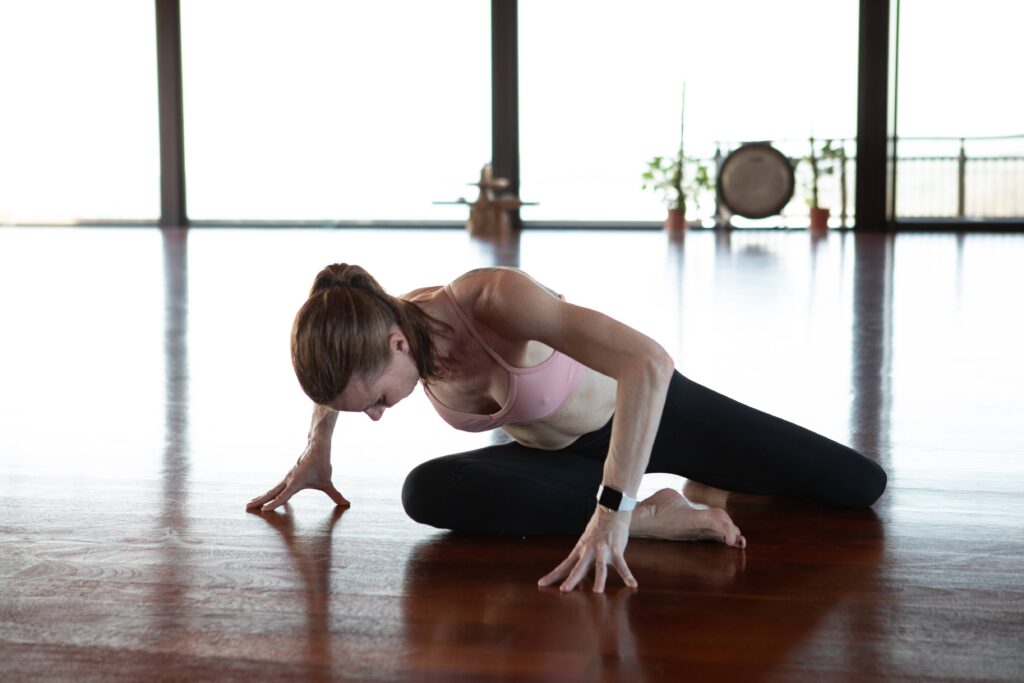High blood pressure or hypertension is a serious health condition that often shows no symptoms. However, it puts you at a greater risk of developing heart disease, stroke, and even cancer. The increased pressure buildup in your arteries and throughout your cardiovascular system puts an increased strain on your heart, nervous system, and entire immune system making you more susceptible to many chronic and autoimmune diseases. Many factors contribute to increased blood pressure including but not limited to poor diet, sedentary lifestyle, stress, smoking, and family history. Working to control some of these risk factors is an important way to help reduce your blood pressure numbers.
We learn in PT school and hospital settings that “pale raise the tail, red raise the head.” This means when the blood pressure is too low, we want to elevate the legs or sacrum/tailbone to increase blood pressure and elevate the head in order to decrease blood pressure. These are usually extremes for more of an immediate response and blood pressure reaction. For long-term management, yoga is a great way to regulate your blood pressure by incorporating breath practices into movements and poses to regulate your central nervous system. Some poses I’d recommend to help lower blood pressure and why include the following:
- Corpse pose/savasana is the final resting posture where one lies flat on their back with arms and legs splayed out focusing on breathing and truly letting all the tension go. This pose is great because the arms and legs are extended as they often are not in our usual day-to-day. This resting posture can decrease stress, which is often linked to high blood pressure.
- Child’s pose/balasana is the other resting pose which can be extremely calming and helps to open many joint structures and fascial lines that get restricted and cause high blood pressure. Staying more lifted in a child’s pose with a block underneath the forehead is even better because it not only decreases the stress and strain on the hips and lower back but also helps to stick with our theme of having the head above the tail to aid in decreasing blood pressure. Reach your arms out in front of you as you sit back toward your heels from a kneeling position with a block underneath the forehead.
- Bridge pose engages your gluteals, which have fascial and musculature connections to our deep abdominal and spinal stabilizing muscles. Activating your deeper core postural stabilizing muscles has been shown to tap into your parasympathetic nervous system, which is responsible for BP regulation and especially helping to decrease BP. While most poses aim to relax or hang into joint structures to “calm” the body, working your core, finding your deep abdominals, and connecting to the proximal muscles of the body may actually help more. Make sure to engage your glutes and contract your lower abs with an exhale upon lifting your bottom from the floor.
- Cobra pose, where you are on your stomach with your hands underneath your shoulders. Engage your glutes and abdominals to protect your low back as you pull back with your hands, peeling the head of your arm bones away and drawing the shoulder blades together, slightly down, and almost as if they could pull through your chest wall. This pose, as discussed earlier, facilitates the head above the tail positioning that aids in lowering blood pressure.
- Thread the needle helps activate the multifidus and rotatores muscles, deep spinal stabilizers responsible for rotating the spine. This rotation decompresses the spine and can have beneficial effects on the nervous system. Begin in all 4’s quadruped with your hands under your shoulders and knees under your hips. Breathe in as you press into your left hand and reach your right arm out to the side and up towards the ceiling, breathe out as you bring the right arm underneath and across to the left. Perform a few repetitions before coming to rest on your right shoulder to feel a stretch in the back of your arm as you energetically pull back with the back of your hand against the floor. Once again, stay higher up in the hips and keep some tension on your abdominal muscles to protect your back and stay in a parasympathetic state. Repeat on the other side.
- Reclined spinal twist with similar reasoning involving the decompression that rotation can have on the nervous system. Begin lying on your back. This can be taught in two ways. For the greatest amount of protection to your lower back, you would want to bend BOTH knees keeping them close to your chest as you roll onto the RIGHT side, keeping your LEFT arm out to the side in a T or goal post position trying to keep the left shoulder blade in contact with the floor. Alternatively, you can just bend your LEFT knee keeping the right leg straight or slightly bent as you roll onto your RIGHT side, again keeping the left shoulder blade on the floor. Hold for 5-10 breaths, with each exhale feel the twist creating more space in your body. Repeat on the other side.
You can find these poses and more in our LYT yoga classes. We work to engage the core to activate our parasympathetic nervous system and some classes also include a cardiovascular component to promote long-term blood pressure management as well! You will be surprised how small but specific movements can be challenging yet stimulating to the body for not only blood pressure benefits, but overall health, wellness, fitness, posture, and VITALITY!





